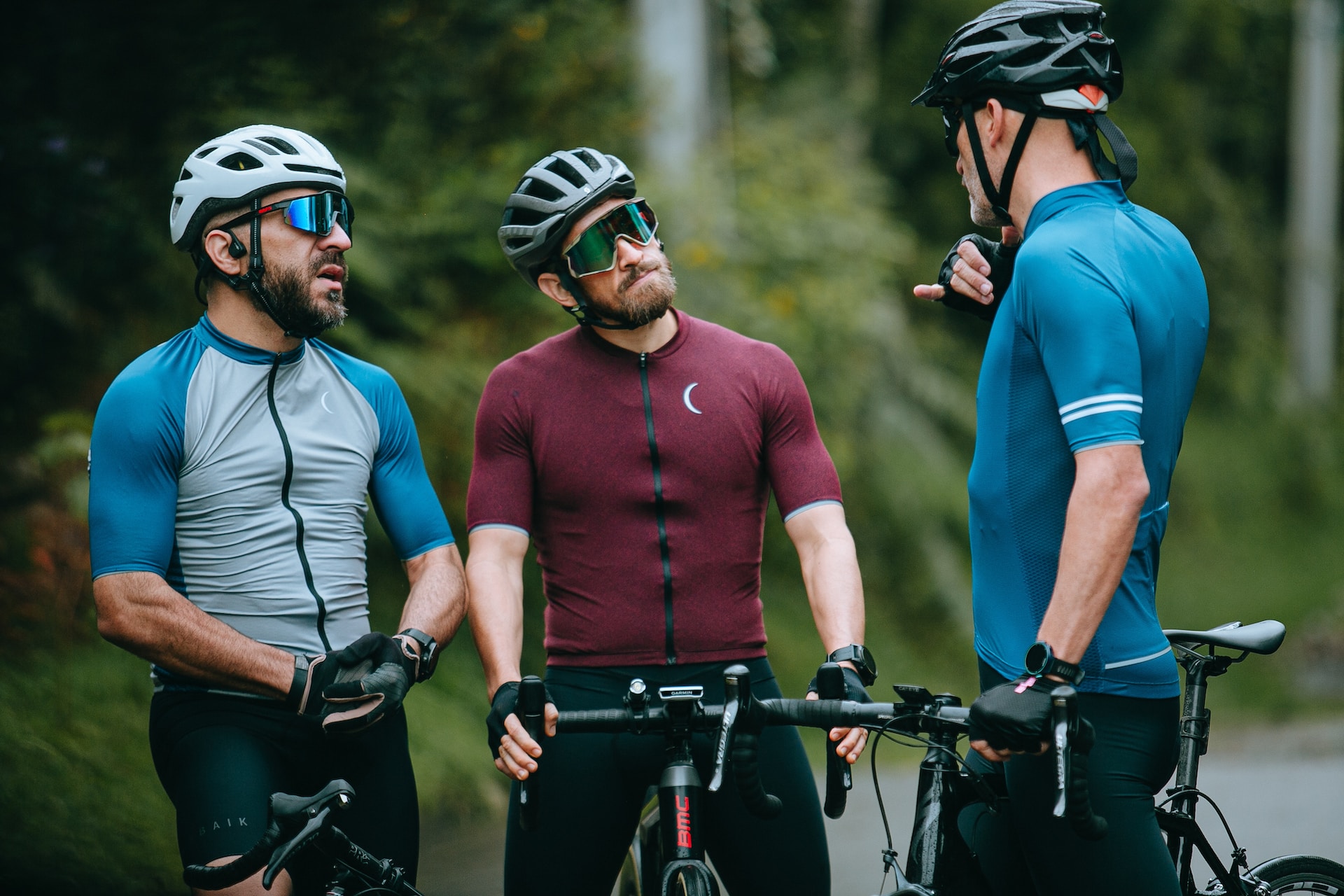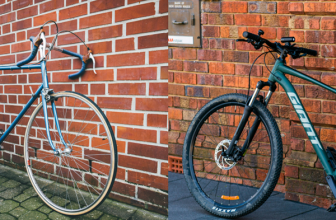Which Cycling Sunglasses to Wear for Different Weather Conditions

Clear lenses are a versatile option for cycling in low-light conditions or at night. These lenses do not have any tint and allow maximum light transmission, ensuring optimal visibility. Clear lenses primarily serve as protective eyewear, guarding your eyes against wind, debris, and insects while maintaining the true colors of your surroundings.
Yellow or amber lenses are well-suited for overcast or low-light conditions. These lenses enhance contrast, making objects and obstacles on the road more visible. They are particularly effective in improving visibility in foggy or hazy environments. When cycling in the early morning or late evening when natural light is limited, yellow or amber lenses can significantly enhance your vision.
Rose or red lenses are versatile and can be suitable for a range of lighting conditions. They enhance contrast and depth perception, making them useful in partly cloudy to sunny conditions. These lenses can be beneficial when cycling in areas with varying light intensities or uneven terrain. They help improve visual clarity and make objects stand out more distinctly.
Brown or copper lenses are a popular choice for cycling glasses. They are versatile and work well in a range of lighting conditions. These lenses provide good contrast, enhance depth perception, and improve visual clarity. Brown or copper lenses are suitable for partly cloudy to sunny days and are effective in reducing glare from the road and surrounding surfaces.
Gray or smoke lenses are designed to reduce overall brightness and are ideal for bright and sunny days. These lenses maintain true color perception and reduce eye fatigue caused by excessive brightness. Gray lenses are commonly used by cyclists and provide excellent protection against harmful UV rays. They are a good choice for general use in bright conditions.
Mirrored or polarized lenses do not have a specific color but feature a reflective coating that reduces glare and provides additional protection against harmful UV rays. These lenses are ideal for bright and sunny conditions, especially when cycling in highly reflective environments such as near water or snow. They significantly reduce glare from the road or other reflective surfaces, ensuring clear vision and minimizing eye strain.
Photochromic lenses, also known as transition lenses, are a popular choice for cycling glasses. These lenses automatically adjust their tint based on the amount of available light. They darken in bright conditions and lighten in low-light conditions, providing optimal vision throughout your ride. Photochromic lenses offer the convenience of adapting to changing weather conditions without needing to switch lenses.
Cycling glasses with anti-fog properties are essential, especially in humid or cold weather conditions where fogging can hinder your vision. Look for glasses with anti-fog coatings or ventilation systems that promote airflow and prevent moisture build up. These features help ensure clear visibility and a comfortable riding experience.
Consider cycling glasses that offer interchangeable lenses. This feature allows you to switch between different lens colors depending on the weather conditions. It provides versatility and enables you to optimize your vision for specific lighting situations. Interchangeable lenses are particularly useful if you frequently ride in changing weather conditions or prefer to have options for various lighting scenarios.
A proper fit is crucial for cycling glasses to ensure they stay securely in place during your ride. Look for glasses with adjustable nose pads and temple arms that can be customized to your face shape. Additionally, lightweight materials and cushioning on the nose bridge and temples contribute to overall comfort, allowing you to focus on your ride without distractions.
Consider cycling glasses that provide ample coverage and protect your eyes from wind, dust, and debris. Wraparound designs with large lenses offer enhanced peripheral protection, shielding your eyes from elements that could cause discomfort or affect your vision while cycling.
Remember to clean your cycling glasses regularly using a microfiber cloth and lens cleaner specifically designed for eyewear. This helps maintain optimal clarity and ensures that your glasses are ready for any weather conditions.
In conclusion, choosing the right cycling glasses for different weather conditions involves considering factors such as lens color, photochromic or polarized properties, anti-fog capabilities, lens interchangeability, fit, comfort, and peripheral protection. By selecting glasses that meet your specific needs, you can enhance your cycling experience and ride with confidence in various weather conditions.








